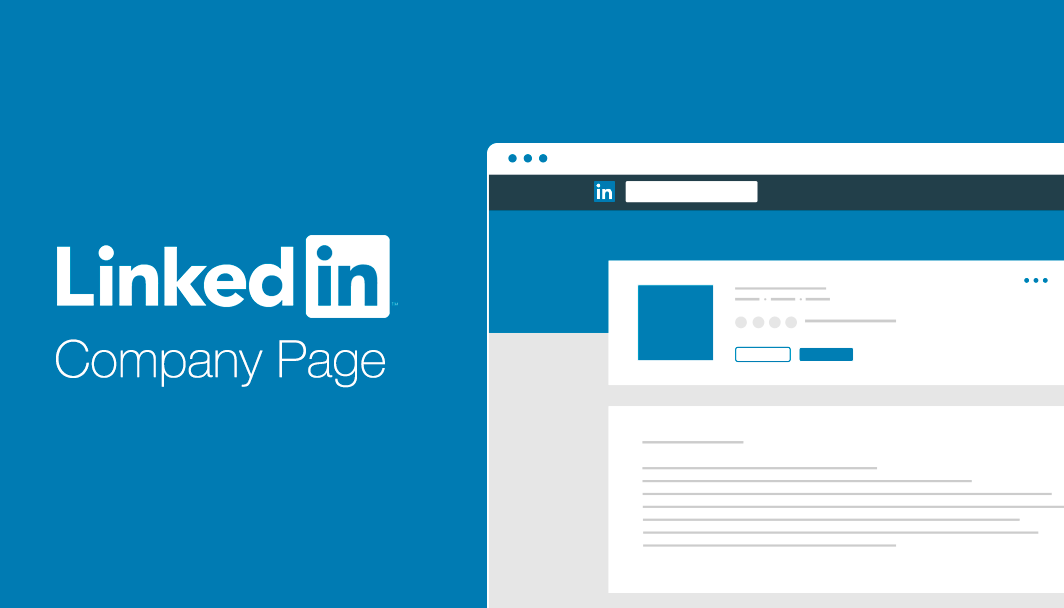Website design and layout
Website Layout
A typical home page layout has 7 main components
Domain or URL: Your domain name should be close to or similar to your business name
Page title: Include the topics covered on the page. In the example below, the squarespace page talks about how to “Build a Website”
Website name: Create a unique and memorable business name along with a great logo
Navigation bar: Make it easy for your customer’s to find exactly what they’re looking for.
Content title: Each page should include the content title.
Content
Footer navigation: Make it easy for your customer’s to find additional information on your business like contact information, about us and location.
Website Design
When creating your website, there are some key pages you should be thinking about including.
Home page - Include a short description of who you are and what you do, a brief explanation of your services and products, and perhaps some bullet points on how you can help your potential customer or client. This page would be a great place to add newsworthy mentions and awards and let customers know if you have great reviews on Google or Yelp
About page - You should include a short-and-sweet blurb that highlights your experience with a few examples of your past projects. Make sure you convey your enthusiasm, show them that you love what you do! Share why you started your business and what keeps you going. Let them know who you employ (with biographies and pictures of the staff, or just yourself if you are a sole proprietor), any special achievements you received, and the ways you differ from others that provide the same product or service. Make sure you convey your enthusiasm, show them that you love what you do!
Products/services - Include pictures of the products or services you’re selling along with a bullet points of services with short explanations, links to learn more about specialized services (if you desire), the advantages of using your services, and how they differ from the services your competition offers. You can also add facts and metrics of your business so far, like the number of customers who keep coming back or the numbers of products you’ve already sold
Checkout page - Make checkout easy. The more steps customers have to go through to buy something from your website, the more often they’ll abandon their carts. Don’t make them jump through hoops for an online purchase.
Search result page - Make it easy for you customers to find exaclty what they’re looking foor
FAQ Page - Include answers to the most frequent questions you are asked. The frequently asked questions (FAQ) page will tell everyone what they need to know. This will save you time answering those same questions on an individual basis.
Privacy policy page - What data you collect, how it is collected, how visitors can obtain a copy of the information you obtain, if such content will be shared, and if so, with whom.
Terms and Conditions page - Similar to the above mentioned privacy policy, a terms of conditions page is usually a must for most websites. This is a page the outlines the “rules” a visitor to your site must agree to abide by in order to use your website.
Other design elements you should be thinking about
Customer reviews/feedback: Customer reviews are your social proof, or a way to show potential customers that 1 you’re a real business and 2 others love what you’re selling!
Intuitive Navigation - Your navigation should be easy to understand and use for a first-time visitor. You want someone to arrive on your website and know exactly where they can find the information they want and need without being confused.
An obvious call to action - Using special buttons or highlighting text for whatever action you want your customers to take like sign up to your exclusively online coupons, or add products to the online shopping cart, etc.
Provide links to Social Media - You want people to follow and engage with your company on your social media.
Contact info - Make sure your contact details are correct and easy for your customers to find.
Keep your theme and color scheme consistent - Don’t go overboard with too many pictures or designs and make sure the character of your company shines through
Outline your content - Determine what you want to publish and how it will be organized. Think carefully about the purpose of your website, consider how you can differentiate your project or business, and gather all your existing content in one spot
Use a simple design and layout- Try to condense information onto as few pages as possible to avoid overcrowding your website. Don't make visitors dig too far to find what they are looking for.
Break things down into short paragraphs, with headers if necessary
Use bullet points
Highlight important words or phrases.
Test your website layout and content across different devices - Keep mobile and tablet users in mind
Customer testimonials or customer reviews - Honest words from others help make your products or services more tangible to customers who are visiting you online.
For more information, check out this article on Good Design Practices.










